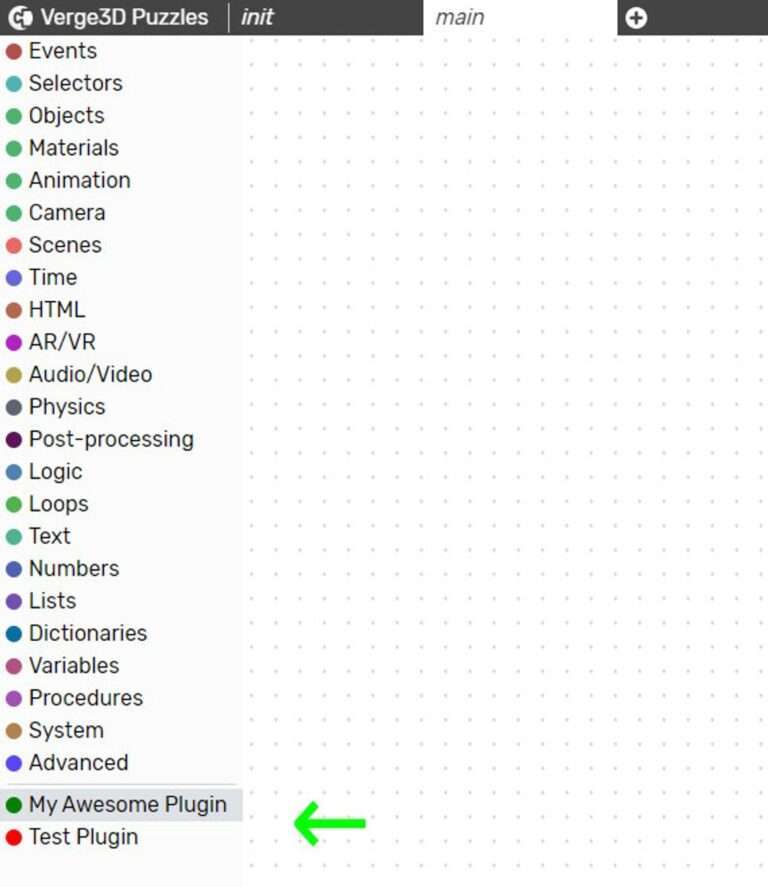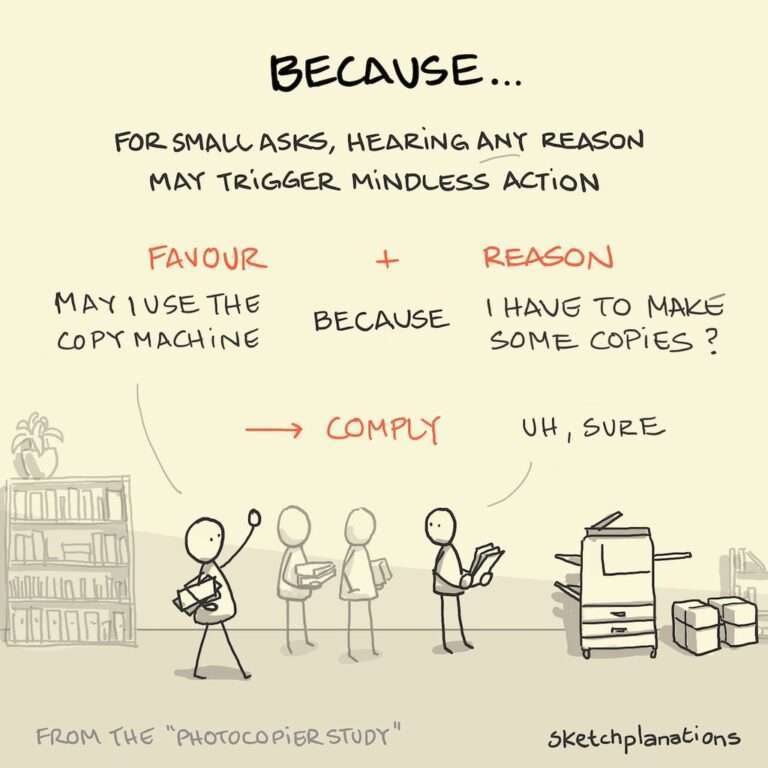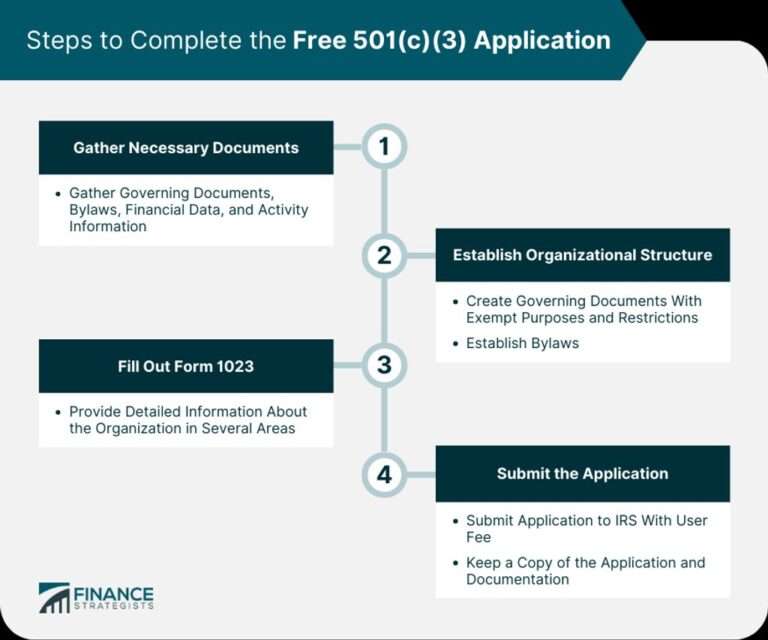The Three-Box Story Structure: Crafting Compelling Narratives
Overview
What is the Three-Box Story Structure?
The Three-Box Story Structure is a framework used in crafting compelling narratives. It is a storytelling technique that helps content creators, educators, and anyone who creates content to effectively engage their audience and create emotional impact. This structure consists of three key components: Setup, Confrontation, and Resolution. In the Setup phase, the story introduces the characters, setting, and the initial conflict. The Confrontation phase builds tension and presents challenges that the characters must overcome. Finally, the Resolution phase brings closure to the story by resolving the conflict and providing a satisfying conclusion. By following this structure, content creators can create narratives that captivate their audience and provide a clear narrative arc. If you want to master the art of storytelling, understanding and implementing the Three-Box Story Structure is essential. To learn more about how to apply this structure in your own narratives, continue reading and discover practical tips and examples of successful stories that have used this framework.
Why is the Three-Box Story Structure important?
The Three-Box Story Structure is important because it provides a clear framework for crafting compelling narratives. This structure allows storytellers to engage the audience, create emotional impact, and provide a clear narrative arc. By dividing the story into three distinct boxes – Setup, Confrontation, and Resolution – the Three-Box Story Structure ensures that the story has a well-defined beginning, middle, and end. This structure helps to captivate the audience from the start and keep them hooked until the resolution. It allows for a deeper exploration of the characters, conflicts, and themes, resulting in a more immersive and impactful storytelling experience. Implementing the Three-Box Story Structure can greatly enhance the effectiveness of storytelling and help brands deliver their message in a compelling and memorable way.
How does the Three-Box Story Structure work?
The Three-Box Story Structure is a powerful framework for crafting compelling narratives. It consists of three key components: Setup, Confrontation, and Resolution. In the Setup phase, the story introduces the characters, setting, and initial conflict. This sets the stage for the Confrontation phase, where the tension and stakes are heightened. The protagonist faces challenges and obstacles, leading to a climax. Finally, in the Resolution phase, the story reaches its conclusion, providing closure and resolving the conflict. The Three-Box Story Structure works by engaging the audience through a clear narrative arc that keeps them invested in the story. It creates emotional impact by building tension and allowing the audience to empathize with the protagonist. The structure also provides a sense of satisfaction and closure, leaving the audience with a lasting impression. By following this structure, storytellers can create narratives that captivate and resonate with their audience.
The Three-Box Story Structure in Practice
Box 1: Setup
The setup is the crucial first step in the Three-Box Story Structure. It lays the foundation for the narrative and introduces the main characters, setting, and conflict. The setup should establish the context and create intrigue to captivate the audience from the start. Key insights:
- The setup should provide essential background information to help the audience understand the story.
- It should introduce the protagonist and their goals, as well as the antagonist or the main conflict.
- The setup sets the stage for the confrontation and resolution, building anticipation and tension.
By carefully crafting the setup, you can hook the audience and make them eager to find out what happens next. To create a compelling setup, consider using vivid descriptions, engaging dialogue, and foreshadowing. Remember, the setup is the foundation of your story, so take the time to make it captivating and intriguing.
CTA: Unifire
If you’re looking to enhance your storytelling skills and create captivating narratives, check out Unifire. With Unifire’s innovative tools and resources, you can master the art of storytelling and engage your audience on a deeper level. Visit Unifire today and start crafting compelling stories that leave a lasting impact.
Box 2: Confrontation
In the second box of the Three-Box Story Structure, the narrative reaches a crucial turning point. This is where the main character faces challenges and obstacles that stand in their way. The resolutions to these challenges are what drive the story forward and create tension and suspense. It is in this box that the conflict is fully revealed and the stakes are raised. The confrontation serves as a catalyst for the character’s growth and transformation. It is a pivotal moment that keeps the audience engaged and invested in the outcome of the story.
Box 3: Resolution
In the Three-Box Story Structure, Box 3: Resolution is the final stage where the conflicts and tensions introduced in Box 2 are resolved. This is the moment where the main character achieves their goal or faces the consequences of their actions. The resolution brings closure to the story and provides a sense of satisfaction for the audience. It is important to ensure that the resolution is believable and aligns with the established story elements. The Three-Box Story Structure offers several benefits in crafting compelling narratives. By engaging the audience through a clear narrative arc, it creates an emotional impact and keeps the audience invested in the story. To implement the Three-Box Story Structure effectively, it is crucial to carefully plan and develop each box, ensuring a seamless transition between them. Successful narratives that have utilized this structure include movies like The Shawshank Redemption and The Godfather. To learn more about crafting compelling narratives, visit Unifire for practical tips and examples.
Benefits of Using the Three-Box Story Structure
Engages the Audience
The Three-Box Story Structure is a powerful tool that engages the audience by creating a compelling narrative. By following the three-box structure of setup, confrontation, and resolution, storytellers are able to capture the attention of their audience and keep them invested in the story. This structure allows for the gradual build-up of tension and suspense, leading to a satisfying resolution that leaves the audience wanting more. Through the use of vivid descriptions, relatable characters, and emotional storytelling, the Three-Box Story Structure creates a deep connection with the audience, evoking powerful emotional responses and making the story memorable.
Creates Emotional Impact
Crafting prospective long-term stories is a powerful way to create emotional impact in your narratives. By carefully constructing the three boxes of setup, confrontation, and resolution, you can guide your audience through a rollercoaster of emotions. In the setup, you establish the characters and their world, setting the stage for what’s to come. The confrontation builds tension and suspense, making the audience emotionally invested in the outcome. Finally, the resolution provides a satisfying conclusion, evoking feelings of relief, joy, or sadness. This three-box structure allows you to craft narratives that resonate deeply with your audience, leaving a lasting emotional impact.
Provides a Clear Narrative Arc
The Three-Box Story Structure provides a clear narrative arc that guides the audience through a compelling story. With Box 1: Setup, the audience is introduced to the characters, setting, and conflict, setting the stage for the story. Box 2: Confrontation builds tension and keeps the audience engaged as the conflict intensifies. Finally, Box 3: Resolution brings closure to the story, resolving the conflict and providing a satisfying conclusion. This structure ensures that the audience can easily follow the story’s progression and understand the narrative arc. By following this structure, storytellers can create impactful and memorable narratives that resonate with the audience.
Conclusion
Summary of the Three-Box Story Structure
The Three-Box Story Structure is a powerful framework for crafting compelling narratives. It consists of three key components: Setup, Confrontation, and Resolution. In the Setup phase, the story introduces the characters, setting, and context. The Confrontation phase builds tension and conflict, driving the story forward. Finally, the Resolution phase provides closure and resolves the conflict. This structure ensures that the story has a clear narrative arc, engaging the audience and creating emotional impact. By using the Three-Box Story Structure, storytellers can captivate their audience and deliver impactful messages. If you want to create a great webinar or any other narrative, consider implementing the Three-Box Story Structure to create a memorable and engaging experience. Unifire can provide you with the tools and support you need to craft compelling stories that resonate with your audience.
Tips for Implementing the Three-Box Story Structure
When implementing the Three-Box Story Structure, it is important to focus on crafting a compelling story that engages the audience and creates emotional impact. Start by establishing a strong setup in Box 1, introducing the characters, setting, and conflict. In Box 2, build tension and confrontation, driving the story forward and keeping the audience hooked. Finally, in Box 3, provide a satisfying resolution that resolves the conflict and leaves the audience with a sense of closure. To make your story even more powerful, consider incorporating elements such as vivid descriptions, relatable characters, and unexpected twists. By following these tips, you can create narratives that captivate your audience and leave a lasting impact.
Examples of Successful Narratives using the Three-Box Story Structure
When constructing a story using the Three-Box Story Structure, it is important to prioritize depth and comprehensive storytelling. This structure allows you to engage the audience by creating emotional impact and providing a clear narrative arc. In Box 1, the setup, you establish the characters, setting, and conflict. Box 2, the confrontation, builds tension and raises the stakes. Finally, Box 3, the resolution, brings closure and provides a satisfying ending. Successful narratives using this structure captivate the audience by taking them on a journey filled with suspense, emotion, and resolution. By following this framework, you can craft compelling stories that resonate with your audience and leave a lasting impact. If you want to learn more about crafting compelling narratives and enhancing your storytelling skills, check out Unifire, a platform that empowers creators to scale authentic content and unleash their creativity.
In conclusion, Unifire is the perfect tool to extract summaries, keywords, and titles from your podcast and repurpose your content. With Unifire, you can save time and effort by automating the process of generating valuable content. Whether you’re a content creator, marketer, or podcaster, Unifire can help you optimize your content strategy and reach a wider audience. Don’t miss out on the opportunity to enhance your content creation workflow. Visit Unifire today and start maximizing the potential of your podcast content!







